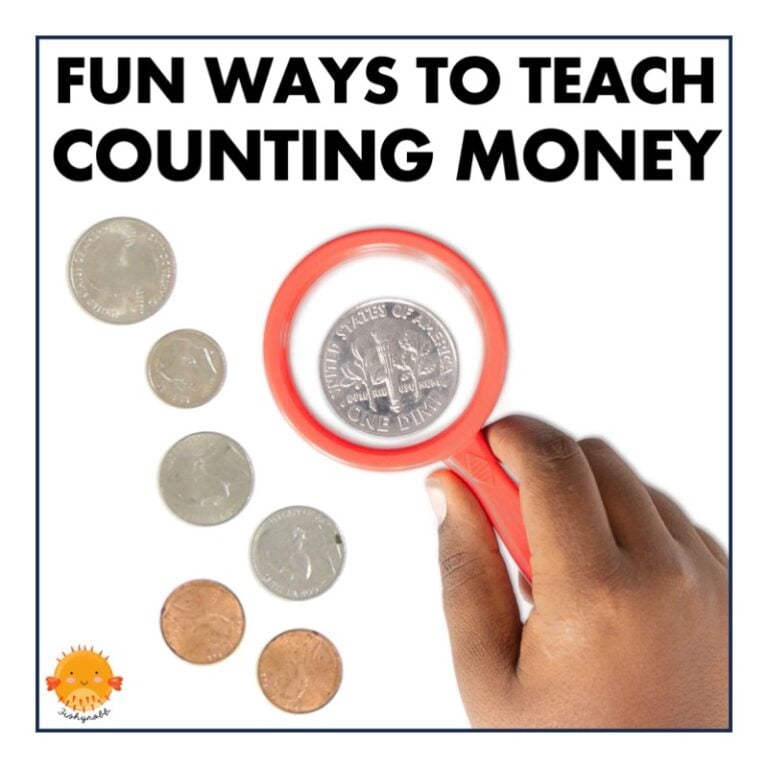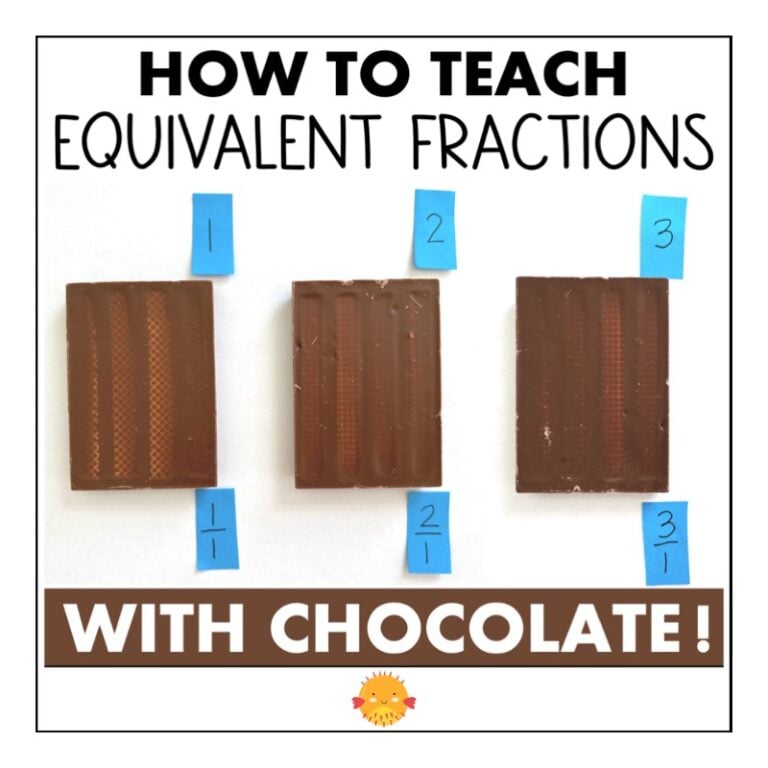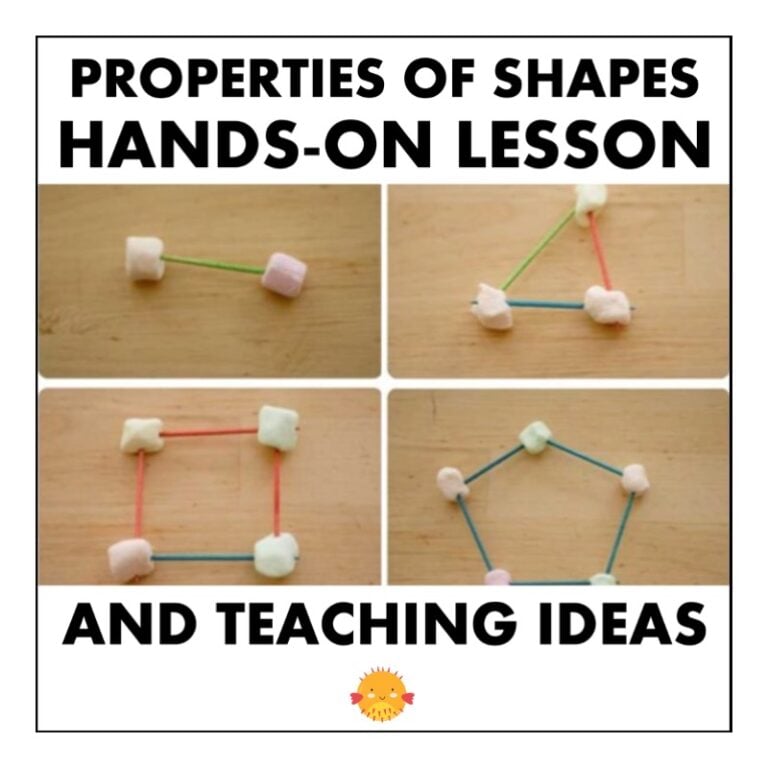
11 Real Life Examples of Fractions for Better Math Lessons
As teachers, we can explain what fractions are until we’re blue in the face. But until students see how fractions fit into their real lives, our math lessons won’t really mean that much. That’s where real life examples of fractions come fit in.
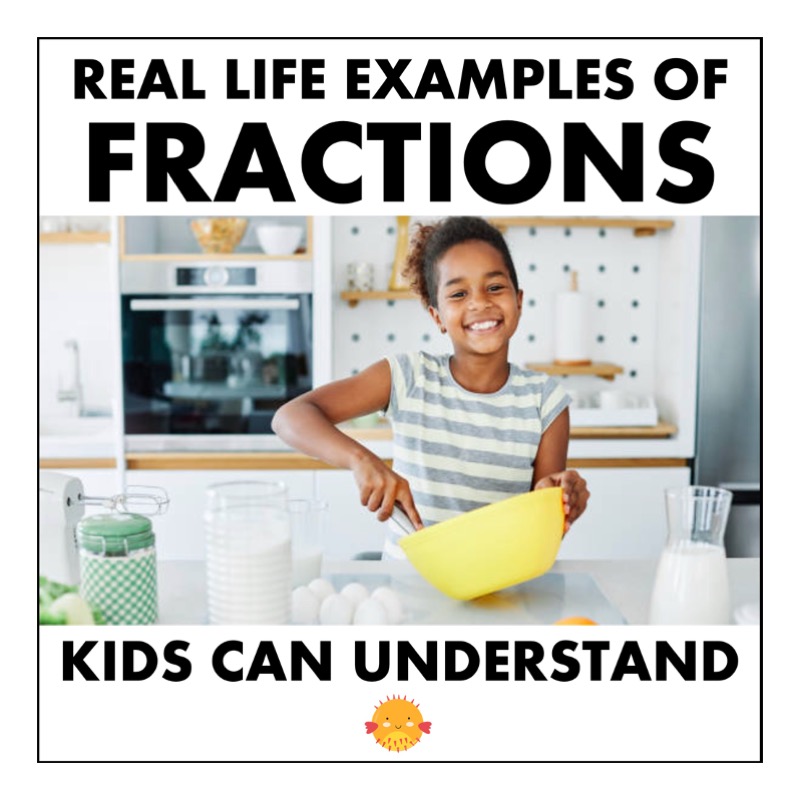
Why Are Real Life Examples of Fractions Important?
The best way to get students interested in learning math is to help them make personal connections to the topic. This is actually really easy to do with fractions!
There are so many great real life examples of fractions. Instead of just teaching your students what the top number and bottom number mean, or how to multiply fractions, spend some time exploring the use of fractions outside of math class. This help students see how fractions can help them in their daily lives.
Here are some ideas to get you started:
Telling Time – To tell time and use a clock, you must understand certain fractional values like quarter of an hour, half an hour, quarter til, quarter past, and half past.
Traveling – No matter where you go, fractions are involved. What if the store is 9-1/2 miles away and you have 1/4 tank of gas left. Should you get more?
.
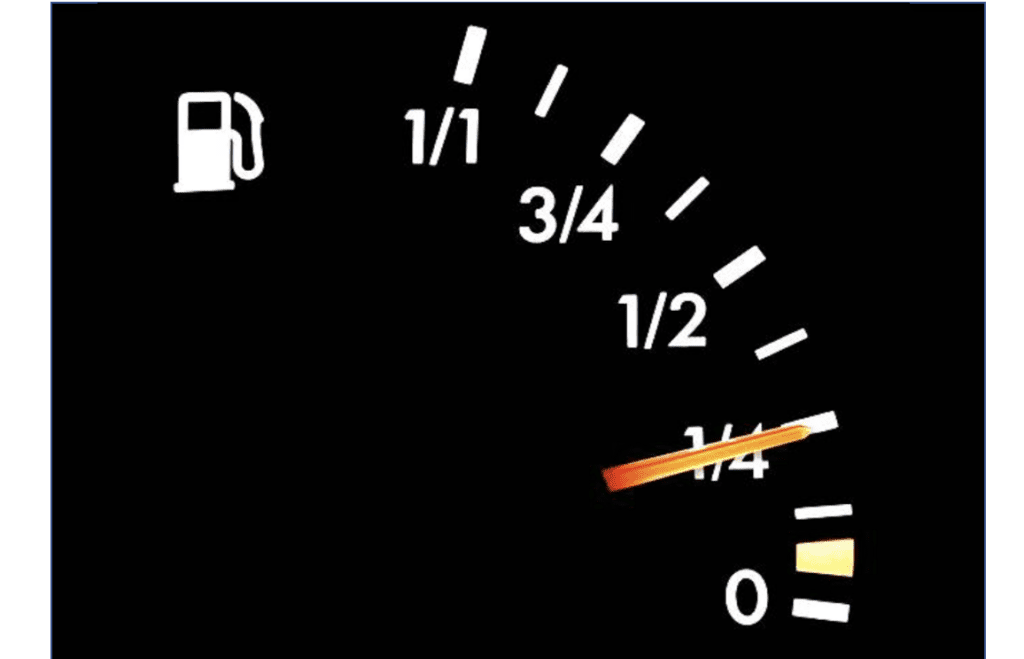
.
Shopping – Want to buy something? Then you need to understand money. A quarter is 1/4 of a dollar. How many cents is a half dollar worth? How much does that shirt cost when it’s on sale for half off? Fractions to the rescue!
Cooking and Baking – The kitchen is a great place to find real life examples of fractions – recipes are full of them! 1/3 cup of flour, 1/8 teaspoon of salt, 1/2 a cup of milk, cut the dough into quarters and roll it 1/4″ thick. If you don’t know fractions, you won’t know how to cook.
Eating Out at a Restaurant – A meal can be full of fractions. Sharing a whole pizza with friends or splitting the check all involve fractional parts of a whole.
Building and Creating – Is that model airplane in 1/32 or 1/48 scale? Want to sew something? You might need 1/8 yard of fabric or leave a 3/8 seam allowance.
Music – Want to learn to play an instrument? Well be ready to learn what a eighth note or quarter note is. You might have to play a song in 4/4 or 2/4 time.
Sport – A football game is played in quarters and the band performs at half-time. Runners might run a half-marathon or need to know their quarter mile splits. These benchmark fractions are important in so many sports.
There are so many instances in life when we need to understand and use fractions! You can use this to your advantage and structure your lessons around real-world experiences using real life examples of fractions. The best way to make math meaningful is to help students see how it fits into their lives outside of school.
.
Math Tasks Using Real Life Examples of Fractions
Here are some activities you can try with your students that include real life examples of fractions. They have real-world applications and can be differentiated for 3rd, 4th, or 5th grade.
.
Task 1 – Planning a Healthy Diet
Below is the MyPlate nutritional guidelines graphic from the United States government. It is divided into several different parts to demonstrate what portion of a healthy diet should be made of each food group.
This image is a great way for students to explore fractions and understand how they work. Here are some questions you can use to start a math discussion based on grade level expectations:

Third Grade:
- How many sections is the plate divided into?
- Are the sections equal? How do you know?
- Do we know what fraction each section represents?
- What fraction of your diet should be made up of fruits and vegetables?
- What fraction of your diet should be protein and grains?
.
Fourth Grade:
- What two food groups make up more than 1/2 of the plate?
- If vegetables make up 3/10 of the plate, what fraction is fruits?
- If grains and vegetables are equivalent, what can you tell about protein and fruits?
.
Fifth Grade:
- Fruits make up 2/10 of the plate. What is another way to write this fraction using a different denominator?
- Henry learns that 1/5 of his daily diet should be protein. After analyzing his meals for one week, Henry realizes he is eating half as much protein as he should. What fraction of Henry’s diet is protein?
- 3/10 of the plate is vegetables. Katia eats 6 red beets to meet this guideline. How much of her vegetable requirement would be met if she only ate 1 red beet?
.
Task 2 – Woodworking Project
Here is another task that helps students see how fractions are used in real life. Ask students to image they are going to build some bird houses. In the picture below, they are cutting a section of wood for their project.

.
Questions to ask your students:
Third Grade:
- If you cut the wood into 3 equal sections, what is the unit fraction called?
- If you use 1/3 of the wood to make one bird house, how much of the wood will you have left?
- Draw a number line model that shows how you would cut 2 pieces of wood into thirds. Labels each section of wood with a fraction.
- Which fractions on your number line are equivalent to a whole number?
.
Fourth Grade:
- If your piece of wood is 6 feet long, how long would 1/3 of it be? Draw a model.
- If you use 1/3 of the wood to build bird houses, how many feet of wood are left?
- Imagine you get more pieces of wood that are also 6 feet long each. If you use 7/3 of that wood, how many feet do you use?
.
Fifth Grade:
- Image you have a piece of wood that is 6 feet long. You needs to cut it into 4 equal sections. How long will each section be?
- You have 3 pieces of wood for your bird houses. You use 1/3 of the first piece, 2/8 of the second piece, and 1/4 of the third piece. Did you use more or less than 1 whole piece of wood?
- If you use 6/8 of a piece of wood to make one bird house, how many pieces of wood do you need to make 12 bird houses?
.
Remember, as your students explore fractions, they may need to use manipulatives or other concrete models. I suggest doing these hands-on activities during your guided math groups.
For the birdhouse task above, try providing them with strips of brown construction paper that they can write on and cut up. (As their math skills develop, You can replace manipulatives with a visual model, and eventually, just written fractions.)
.
Task 3 – Chocolate Bar Math
Who hasn’t had to share something with a friend or sibling? A simple picture of a candy bar is the perfect way to start a discussion about using fractions in real life:
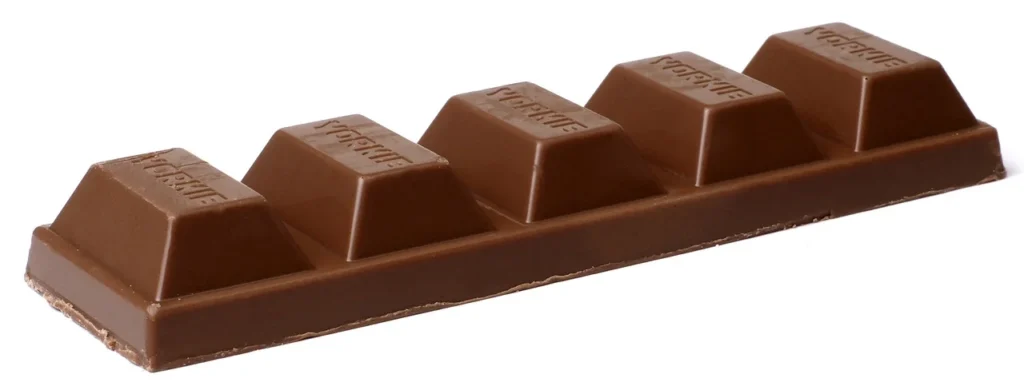
.
Questions to ask:
- How many equal squares does the candy bar have? What fraction names each part of the candy bar?
- If you had 3 of these candy bars, how many fifths would you have? Rewrite it as a mixed number.
- If 4 friends each want 3/5 of a candy bar, how many candy bars do they need to buy? Will there be any chocolate left over?
- If 3/5 of a candy bar was left over, could it be shared equally by 2 people? What fraction of the candy bar would each person get?
.
These questions go from very basic fraction concepts that 3rd graders can answer to more advanced concepts, like the division of fractions, for 5th grade.
These are just a few of the different ways that you can help students understand how important fractions are in everyday life.
Other ideas you might want to try:
- Host a classroom cooking day where students follow a recipe containing fractions
- Go on a math walk around school to investigate fractions in action (What fraction of the lunchroom tables are being used? What fraction of the classrooms are upstairs? etc.)
- Use fractions to plan a party (There are 60 guests. 1/3 of them want pizza. 2/5 of them want cupcakes. 1/6 of them prefer popcorn. How many servings do you need of each food? How many guests don’t want anything to eat?)
.
Teaching fraction skills can be a whole lot of fun if you find ways to connect them to your students’ interests. So set aside some time in your lesson plans to ditch the worksheets and tackle some real world problems using real life examples of fractions. Your students will love you for it!





